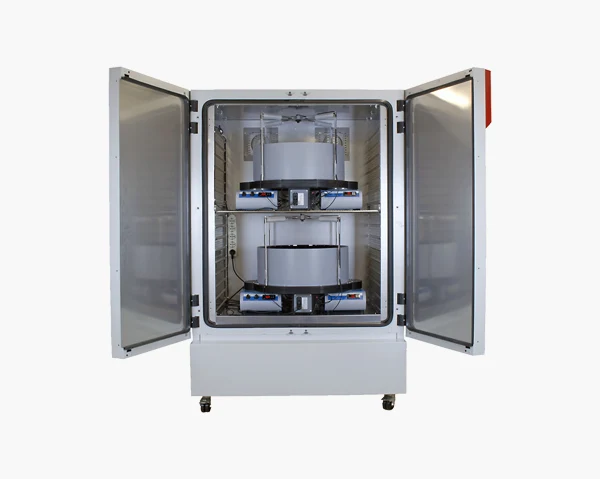Operant cages, also known as operant conditioning chambers or Skinner boxes, are specialized laboratory apparatuses used primarily in behavioral psychology and neuroscience to study the principles of operant conditioning. Here are the main uses and components of operant cages:
Main Uses of Operant Cages
Behavioral Conditioning:
- Operant Conditioning: Operant cages are used to study how behaviors can be influenced by their consequences. By delivering reinforcements (rewards) or punishments contingent upon an animal's behavior, researchers can investigate learning processes.
- Positive Reinforcement: Animals can be trained to perform specific actions, such as pressing a lever, to receive a reward like food or water.
- Negative Reinforcement: Animals learn to perform behaviors to avoid an aversive stimulus, such as a mild electric shock.
Assessment of Learning and Memory:
- Operant cages are used to assess cognitive functions such as learning, memory, and decision-making. Tasks can be designed to test how quickly an animal learns a new task or remembers a previously learned task.
Pharmacological Studies:
- Researchers use operant cages to evaluate the effects of drugs on behavior. For instance, they can assess how various substances impact learning, memory, motivation, and other behavioral parameters.
Neuroscientific Research:
- By integrating operant cages with neural recording equipment, researchers can study the brain mechanisms underlying behavior. This includes examining how specific brain regions or neural circuits contribute to learning and decision-making.
Motivation and Reward Studies:
- Operant cages are used to investigate the principles of motivation and reward. By manipulating the type and schedule of reinforcement, researchers can study how different factors influence an animal's motivation to perform a task.
Behavioral Genetics:
- Operant conditioning chambers help researchers understand the genetic basis of behavior by comparing the performance of genetically modified animals to that of wild-type controls.
Components of Operant Cages
- Lever or Nose-Poke Receptors: These are devices the animal can press or poke to perform an operant response. The number of presses or pokes is recorded and can trigger the delivery of a reward or punishment.
- Reinforcement Dispensers: These deliver rewards such as food pellets, water, or sucrose solutions. They can be programmed to deliver rewards based on specific schedules of reinforcement (e.g., fixed-ratio, variable-ratio, fixed-interval, variable-interval).
- Stimulus Devices: These include lights, tones, or other cues that can signal the availability of rewards or the presence of punishments. These stimuli can be used to create more complex behavioral tasks.
- Punishment Devices: These may include mild electric grids for delivering shocks, air puffs, or other aversive stimuli used in negative reinforcement or punishment paradigms.
- Recording and Control Systems: Modern operant cages are equipped with computerized systems to record responses, control the timing of stimuli, and deliver reinforcements or punishments. These systems allow precise control and detailed data collection.
- Environment Control: The chamber is typically enclosed to control environmental variables like light, sound, and temperature, ensuring consistent conditions across experiments.
Experimental Paradigms
- Fixed-Ratio (FR) Schedules: The animal must perform a set number of responses to receive a reward. For example, in an FR-5 schedule, a reward is given after every five responses.
- Variable-Ratio (VR) Schedules: The number of responses required for a reward varies around an average. This schedule tends to produce high and steady response rates.
- Fixed-Interval (FI) Schedules: Rewards are available after a fixed amount of time has passed since the last reward, contingent upon the animal making a response.
- Variable-Interval (VI) Schedules: Rewards are available after varying amounts of time, leading to more consistent response rates compared to fixed schedules.
- Shaping: A process in which successive approximations of a desired behavior are reinforced. This is useful for training animals to perform complex tasks.
Conclusion
Operant cages are powerful tools in behavioral research, allowing precise control over experimental conditions and detailed measurement of behavioral responses. They have broad applications across various fields, including psychology, neuroscience, pharmacology, and genetics, providing valuable insights into the mechanisms underlying learning, memory, motivation, and other cognitive processes.

